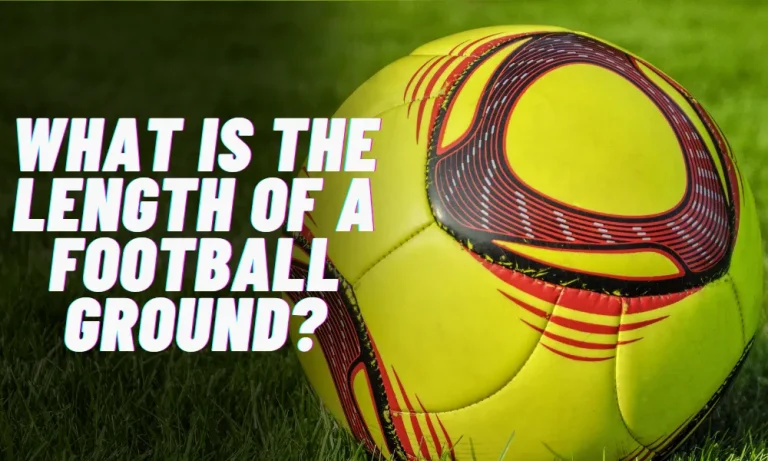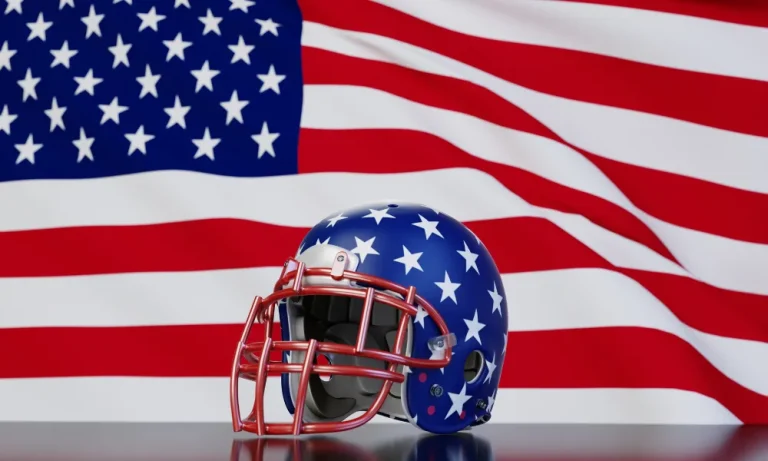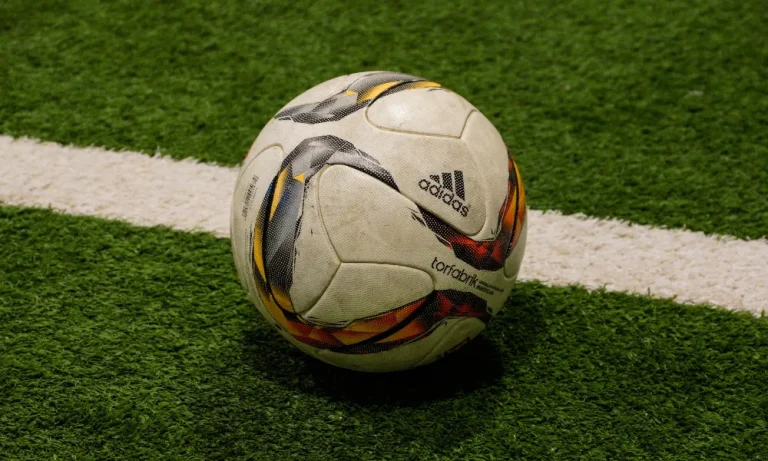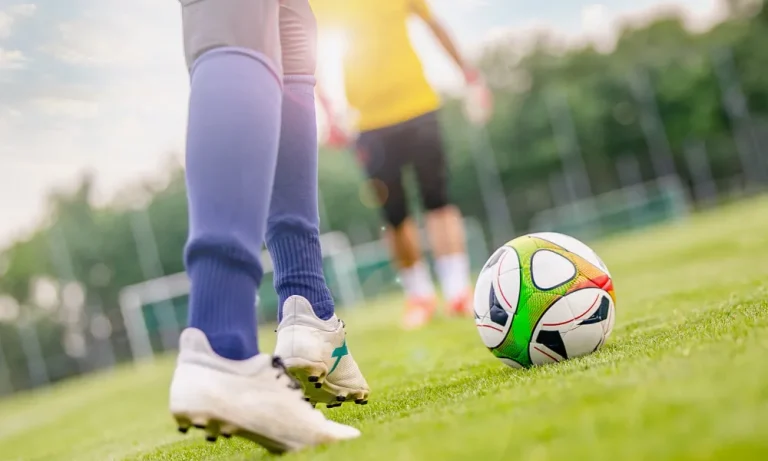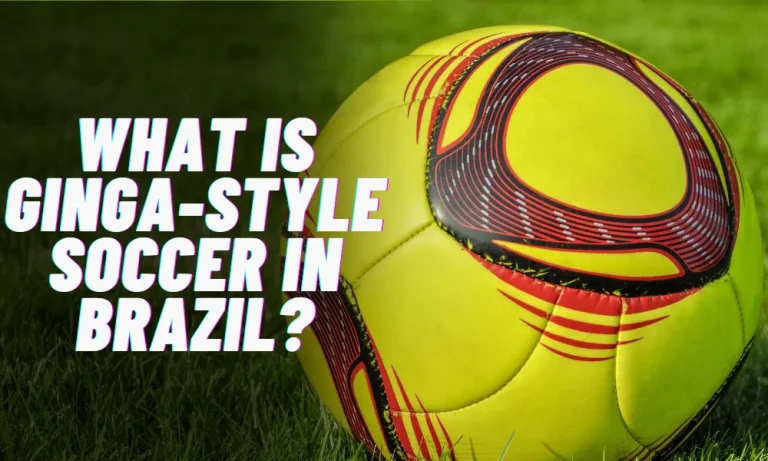What is the IOL Position in Football?
Football is a game of strategy and teamwork, where each player has a specific role to play. From quarterbacks to wide receivers, every position contributes to the success of the team. One such position that holds immense importance is the IOL position in football. But what exactly does IOL stand for and how does it fit into the offensive line? Let’s dive in and explore the significance of the IOL position.
What does IOL stand for in football?
IOL stands for Interior Offensive Line in football. The term refers to the players who make up the offensive line and are positioned in the interior part of the line, between the tackles. These players include the center, left guard, and right guard. The IOL is responsible for protecting the quarterback and creating openings for the running game.
The role of the IOL within the offensive line is crucial. The center, as the anchor of the line, snaps the ball to the quarterback and directs the line’s blocking assignments. The guards, on either side of the center, provide protection by blocking the defensive linemen and linebackers, allowing the quarterback time to pass or creating running lanes for the ball carrier. Their physical strength and technique are essential in maintaining a strong line of defense against the opposing team’s pass rush and in executing effective run plays.
Responsibilities of the IOL position
As an IOL player, my key responsibilities revolve around protecting the quarterback and creating opportunities for the running game. In pass protection, I must quickly assess the defensive alignment, identify potential blitzes, and communicate with my fellow linemen to ensure proper blocking assignments. It’s crucial to maintain a strong and impenetrable pocket, giving the quarterback the time needed to make accurate passes.
In run blocking, I play a vital role in opening up lanes for the running back. I must have a solid understanding of the offensive scheme and execute my blocking assignments with precision. This involves using techniques such as drive blocking, where I push the defender backward to create space, or pulling, where I move laterally to lead the way for the running back. By effectively executing my run blocking responsibilities, I contribute to the success of our ground game.
Skills and attributes of a successful IOL player
To excel in the IOL position, a player must possess specific skills and attributes. First and foremost, physical strength is essential. I must have the power to hold my ground against strong defensive linemen and linebackers. Good leverage and hand placement are crucial for maintaining control and establishing a solid base.
In addition to physical strength, mental acuity is vital. I must possess excellent football intelligence, understanding offensive schemes, defensive alignments, and potential blitzes. Quick decision-making and the ability to communicate effectively with my teammates are essential for successful execution on the field.
Furthermore, agility and footwork are critical for an IOL player. I need the ability to move laterally and adjust quickly to block defenders in different directions. This agility allows me to execute pulling plays or react to stunts and twists by the opposing defense.
Different techniques used by IOL players
As an IOL player, I employ various techniques to execute my blocking assignments effectively. One commonly used technique is zone blocking. In zone blocking, I work in conjunction with my fellow linemen to create horizontal lanes for the running back. We focus on blocking a specific zone rather than individual defenders, allowing for quick adjustments and double-team opportunities.
Another technique is man blocking, where I am assigned to block a specific defender one-on-one. This technique requires me to use my strength, leverage, and footwork to overpower the defender and create running lanes. Man blocking is often used in short-yardage situations or when facing a dominant defensive lineman.
Pulling is another technique employed by IOL players. When pulling, I quickly move laterally and lead the way for the running back by blocking defenders on the perimeter. Pulling requires agility, timing, and the ability to make split-second decisions to effectively seal off defenders and create running opportunities outside the tackle box.
How does the IOL position impact the team’s performance?
The IOL position plays a crucial role in the team’s overall offensive success. A strong IOL provides essential protection for the quarterback, allowing them time to make accurate throws and read the defense. By effectively blocking defensive linemen and blitzing linebackers, I can create a clean pocket for the quarterback, reducing the risk of sacks and hurried throws.
Furthermore, the IOL position significantly impacts the team’s running game. As an IOL player, my blocking directly affects the success of running plays. By opening up running lanes and sealing off defenders, I can create opportunities for the running back to gain yards and move the chains. A strong IOL allows the offense to establish a dominant ground game, controlling the tempo of the game and wearing down the opposing defense.
Additionally, the IOL position contributes to the overall efficiency and effectiveness of the offensive unit. By executing my assignments with precision, I can help sustain drives, convert on crucial downs, and keep the offense on the field. This not only gives our team more scoring opportunities but also provides our defense with valuable rest time, making them more effective when they take the field.
Notable IOL players in football history
Throughout the history of football, there have been several exceptional and influential IOL players who have left their mark on the game. One such player is Larry Allen, who is widely regarded as one of the greatest offensive linemen of all time. Allen was known for his incredible strength and agility, which allowed him to dominate defenders and pave the way for his team’s running game. He played the majority of his career with the Dallas Cowboys and was a key contributor to their success in the 1990s.
Another notable IOL player is Bruce Matthews, who had a remarkable 19-year career with the Houston Oilers/Tennessee Titans. Matthews was known for his versatility, as he played multiple positions along the offensive line, including center, guard, and tackle. His durability, technique, and football intelligence made him a perennial Pro Bowler and a respected leader on and off the field. Matthews’ contributions to the game earned him a well-deserved induction into the Pro Football Hall of Fame.
I would also like to mention John Hannah, an exceptional guard who played the majority of his career with the New England Patriots. Hannah was known for his outstanding technique and tenacity, which made him nearly unstoppable in pass protection and run blocking. He was a nine-time Pro Bowler and was recognized as the best offensive lineman in the NFL for several years. Hannah’s impact on the game is undeniable, and he is often considered one of the greatest offensive linemen in football history.
What is the IOL position in football?
The IOL position refers to the interior offensive lineman position, which includes the center and the two guards on an offensive football team.
What are the primary responsibilities of an IOL player?
The primary responsibilities of an IOL player are to provide protection for the quarterback, create running lanes for the running back, and execute blocking assignments to keep the offense moving.
How does the IOL position differ from other offensive line positions?
The IOL position differs from other offensive line positions (such as tackles) as it is focused on the interior of the offensive line, primarily responsible for blocking and creating space in the middle of the field.
Can an IOL player switch positions during a game?
Yes, an IOL player can switch positions during a game if needed, but it typically requires a certain level of versatility and knowledge of different blocking techniques.
What skills are essential for a successful IOL player?
Essential skills for an IOL player include strength, agility, technique, football intelligence, and the ability to make quick decisions and adjustments based on defensive alignments and schemes.
Conclusion
The IOL position in football plays a crucial role in the success of a team’s offense. We’ve learned that IOL stands for Interior Offensive Line, and these players are responsible for protecting the quarterback and creating openings for the running game. Their skills, techniques, and attributes are vital for the team’s overall performance. From zone blocking to man blocking, the IOL players employ various techniques to dominate the line of scrimmage. Looking back at the history of football, we can see the impact of remarkable IOL players who have left a lasting legacy. Understanding the importance of the IOL position helps us appreciate the strategic intricacies of the game and the teamwork required for success. So the next time you watch a football game, keep an eye on the unsung heroes of the offensive line, the IOL players, and marvel at their contribution to the game.

